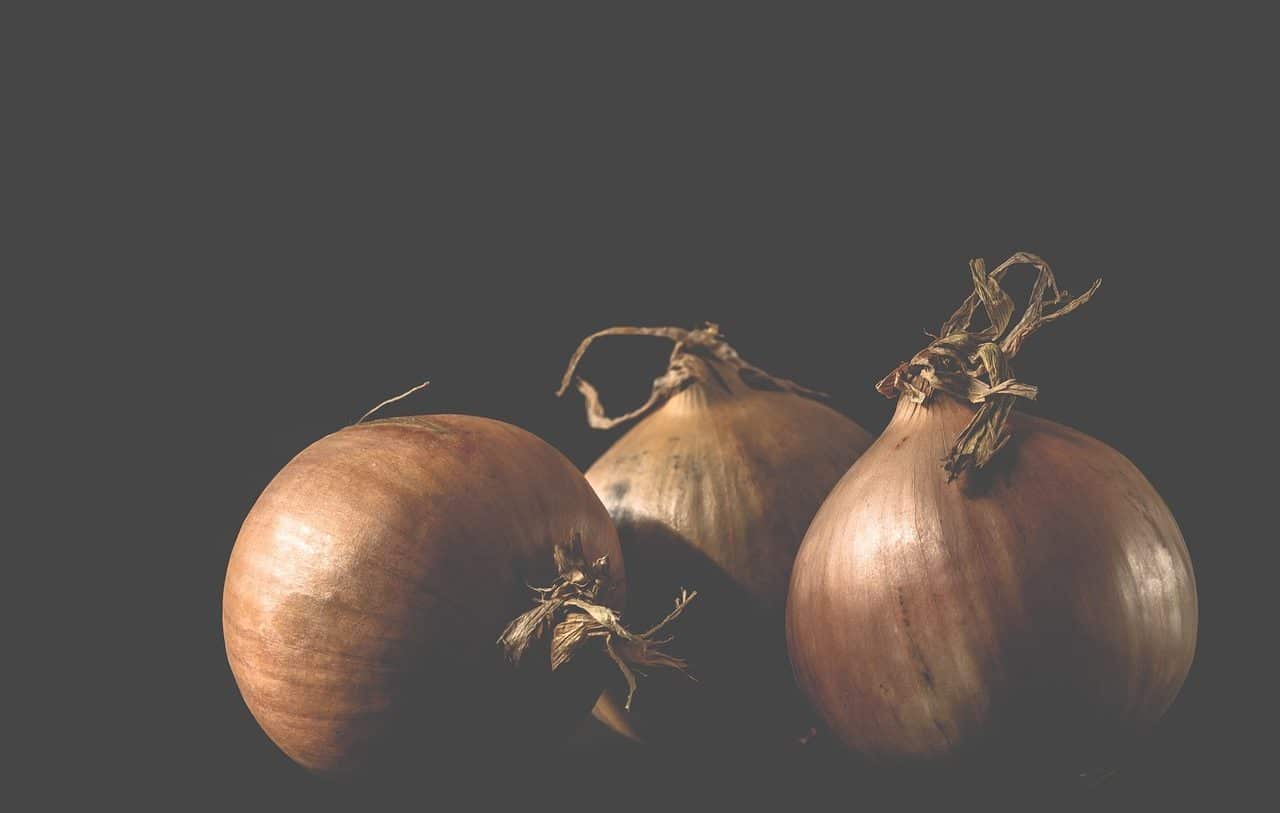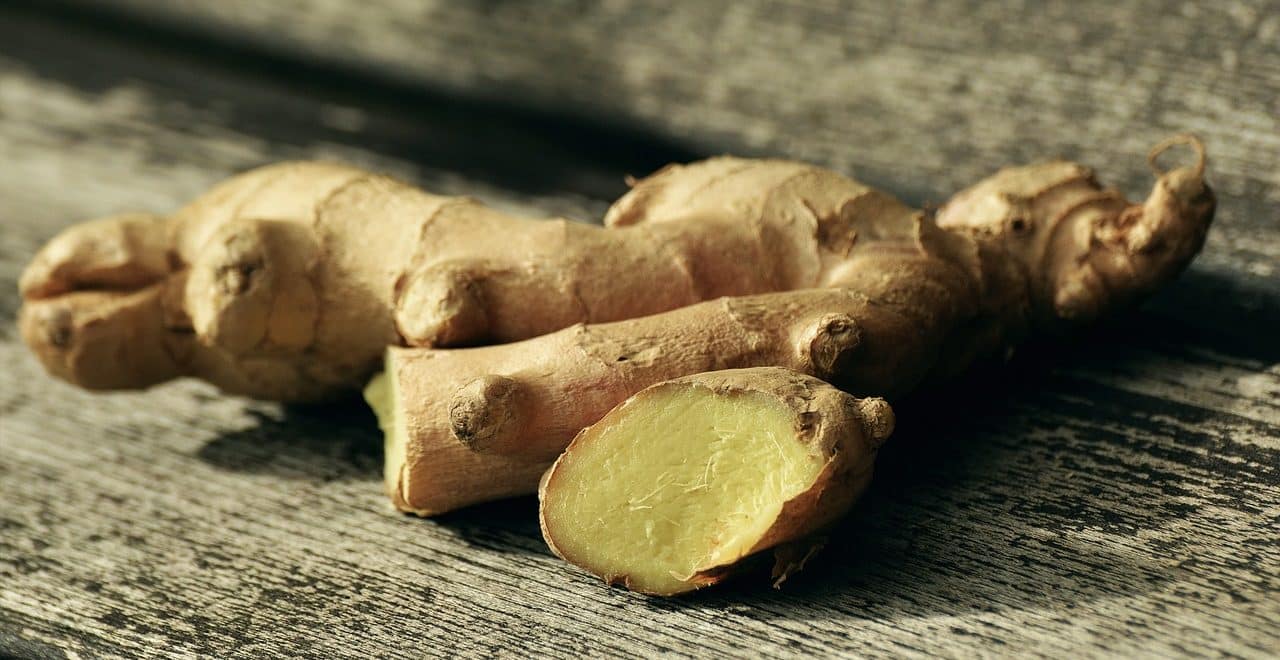
The stem is the structure of the plant where the roots, leaves and flowers are.
The stem is the part of a plant that is located between the root , leaves and flowers. It is a structure that provides mechanical support to the leaves and connects them to the roots, allowing the transfer of water, nutrients and photosynthates between them. The stem can also store nutrient reserves and fulfill various functions in the growth and development of the plant. It can vary in shape, size and structure depending on the plant species.
Structure
The structure of the stem demonstrates an anatomical complexity that facilitates essential functions for the growth, development and survival of the plant .
External stem anatomy:
- nodes and internodes : the stem has alternating regions of thickening called nodes, where leaves, branches or other structures are attached to the stem. The segments between two nodes are called internodes, and the elongation of the stem occurs in them;
- Buds : They are small structures located at the nodes. They can be apical (at the tip of the stem) or axillary (at the junction between a leaf and the stem). They contain meristematic tissue, which allows the continued growth and development of the stem;
- bud : refers to the active growth of a bud, which may give rise to new branches, leaves or flowers.
Internal anatomy of the stem:
-
primary tissues
:
- epidermis : the outer layer of the stem, composed of cells that protect and regulate water loss;
- cortex : layer of cells beneath the epidermis that performs storage and transport functions. May contain chloroplasts in some plants;
- central cylinder : also known as the pith, it is the central region of the stem. In larger plants, the pith may have storage functions.
- vascular tissues :
-
meristems
:
- apical : located at the tip of the stem and in the apical buds, it is responsible for the longitudinal growth of the stem;
- lateral or cambium : located in the central cylinder, it is responsible for the growth in thickness of the stem, generating new layers of xylem towards the interior and phloem towards the exterior.

The bulb is a short, thick stem, which the onion and tulip have, among other plants.
Classification
Each type of stem has specific adaptations that fulfill particular functions in the life of the plant. Whether for nutrient storage, propagation, or survival in variable environmental conditions, the diversity of stem structures reflects the tendency of plants to adapt to their environment .
-
Herbaceous
:
- Features : soft, green and flexible. They are generally non-woody in nature and die back in winter in cold climates;
- Examples : stems of most flowering plants, such as those of herbs.
-
bulb
:
- Features : A short, thick stem surrounded by layered modified leaves. They store nutrients and serve for the growth of new plants;
- Examples : Onions and tulips are examples of plants with bulb-shaped stems.
-
corm
:
- characteristics : similar to the bulb but without the layers of leaves. The corm is a solid, fleshy structure that stores nutrients;
- Examples : gladiolus and crocus are plants that develop corm-shaped stems.
-
rhizome
:
- characteristics : horizontal underground stem that grows laterally. It can give rise to new plants and store nutrient reserves;
- Examples : ginger and lilies of the valley have rhizomes.
-
stolon
:
- Characteristics : horizontal stem that grows above the soil surface. Produces roots and new shoots at the nodes, allowing vegetative propagation;
- Examples : Strawberries and some grass species develop stolons.
Features
The stem is a fundamental part of plants and performs various essential functions for their development and survival. For example, it provides structural support to the plant, allowing leaves, flowers and fruits to rise toward sunlight to efficiently carry out photosynthesis . The ability to stand upright is also crucial for resisting the forces of wind and other environmental elements.
The stem facilitates the conduction of water, nutrients and photosynthates (products of photosynthesis) through its vascular tissues. This transport system is essential to distribute the resources necessary for the growth and development of the plant. Xylem transports water and minerals from the roots to other parts of the plant, while phloem carries the products of photosynthesis to all the parts that need them.
In some types of plants, stems act as reserve storage organs. They can accumulate nutrients, carbohydrates and water in specialized tissues, such as the parenchyma . These reserves can be used during periods of resource scarcity or to support rapid growth, such as flowering and fruiting.
Stems also play a crucial role in vegetative reproduction . Many plants can generate others from parts of the stem, such as stolons, rhizomes or bulbs . These organs allow rapid and efficient propagation without necessarily depending on seeds.

Ginger has a rhizome-type stem, which grows laterally underground.
Problems and diseases
Plants, like other organisms, can face various problems and diseases that affect their stems. The causes can be biotic agents (living organisms) or abiotic agents (non-living factors).
Let's look at some common problems and diseases associated with plant stems:
- Pathogenic fungi : They can cause diseases such as stem rot. This can weaken its structure and compromise its ability to provide support and conduction of nutrients;
- bacteria and viruses : can affect the stems, causing diseases such as bacterial canker or viral mosaic, which often result in discoloration, deformities and weakening;
- Insects and pests : Insects such as aphids, beetles and caterpillars can damage the stems by feeding on them or laying their eggs on their surface. This can weaken its structure and affect its function;
- Mechanical damage : Physical wounds, cuts, or any mechanical damage to the stem can be entry points for pathogens, causing infections and diseases. They can also interfere with the plant's ability to transport nutrients and water;
- Adverse environmental conditions : Abiotic factors such as frost, drought, flooding or excessive sun exposure can negatively affect the stems. These environmental conditions can weaken the plant and make it more susceptible to diseases and other problems;
- nutritional deficiencies : deficiency or excess of certain nutrients can affect the health of the stems;
- physiological stress : sudden changes in temperature and adverse soil conditions, for example, can cause physiological stress in plants and negatively affect their stems. This can result in poor growth and increased susceptibility to disease.
Prevention and proper management are key to addressing these stem problems and diseases. This may include healthy gardening practices, regular monitoring, use of fungicide or insecticide treatments, and selecting resistant varieties.
